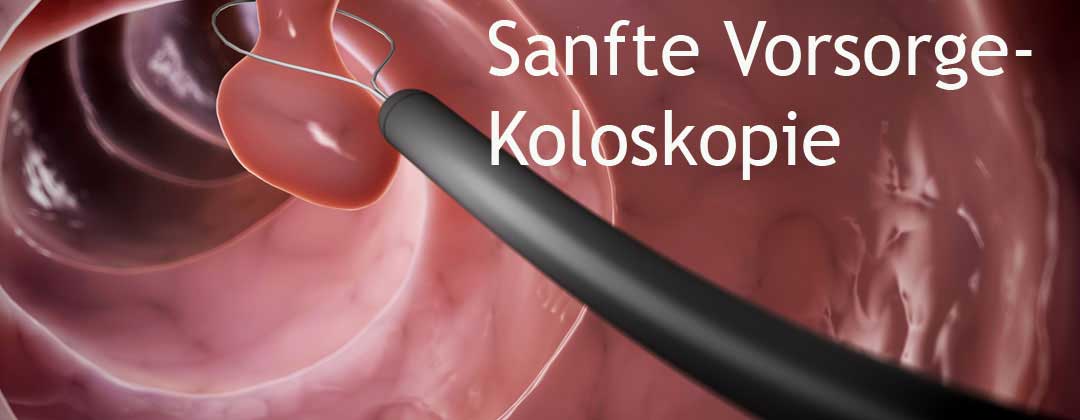INTRODUCTION
Venous insufficiency from superficial reflux through varicose veins is a serious problem that usually is inexorably progressive if left untreated. When the refluxing circuit involves failure of the primary valves at the saphenofemoral junction, treatment options for the patient are limited, and early recurrences are the rule rather than the exception.
In a traditional surgical approach, ligation and division of the saphenous trunk and all proximal tributaries is followed by stripping or by avulsion phlebectomy. Proximal ligation requires a substantial incision at the groin crease. Stripping of the vein may require additional incisions at the knee or below the knee and is associated with a high incidence of haematomas.
Obliteration of the vein by endovenous laser ablation (EVLA) is a procedure that is less invasive than surgery and has a lower complication rate. The procedure is well tolerated by patients and produces good cosmetic results. Excellent clinical results are observed and been published on our 1300 patients in the past 16 years, and the long-term effectiveness of EVLA has thus been many times proven.
TECHNOLOGY
EVLA works by means of thermal destruction of the venous tissues. Laser energy from an 980-nm diode laser is delivered to the desired location inside the vein by using a bare laser fibre. When the laser is fired, it deposits thermal energy in the blood and venous tissues, causing irreversible localized venous tissue damage. The laser is repeatedly fired as the laser fibre is gradually withdrawn along the course of the vein under ultrasound assistance until the entire vessel is treated. Although a hole may be created in the vessel wall where the laser beam makes contact with it, permanent ablation of the vein is caused by thermal injury to the entire circumference of the vessel.
TECHNIQUE
EVLA is of value in the treatment of truncal varicose veins (eg, greater saphenous vein) in patients with saphenofemoral incompetence. This procedure is also effective in the treatment of large branch veins and other large tributaries. Laser introducer catheters can be passed along small and crooked veins, but they cannot always be passed along an extremely tortuous vein with ease. In such cases a foam sclerotherapy is performed in those non accessible veins.
For treatment of the greater saphenous vein and the saphenofemoral junction, ultrasonography is used to confirm and map all areas of reflux and to trace the path of the refluxing greater saphenous trunk from the saphenofemoral junction down the leg to the upper calf. An appropriate entry point is selected just above the ankle at a point that permits cannulation of the vessel with a standard BD Venflon™ Pro Safety Shielded IV 17G x 1.77 in. (1.5 mm x 45 mm) White Catheter. The course of the vein, the saphenofemoral junction, and the anticipated entry point are marked on the skin with a permanent marker.
The leg is prepared and draped, and a superficial local anaesthetic agent is used to numb the site of cannulation. Ultrasonography is used to guide needle puncture of the vessel. The Seldinger technique, guidewires, and introducer sheath are not used in order to minimise venous spasm.
A 400- to 1000-mm sterile, bare-tipped laser fibre is measured and advanced through the Venflon™ until it protrudes 1-2 cm from the tip of the sheath. With ultrasonographic guidance, the laser fiber is slightly withdrawn until the tip can be clearly observed at the level of the subterminal valve of the saphenofemoral junction.
Under ultrasonographic guidance, a dilute local anaesthetic agent is injected into the tissues surrounding the greater saphenous vein within its fascial sheath. An anesthetic is injected along the entire course of the vein from the catheter insertion point to the saphenofemoral junction. In most patients, 60-120 mL of lidocaine 0.25% is sufficient to anaesthetise and compress the vessel. Delivering the anaesthetic in the correct interfascial location with a volume sufficient to compress the vein and dissect it away from other structures along its entire length is important. Some practitioners prefer a local anaesthetic with epinephrine, whereas others prefer not to use epinephrine. The procedure is quick and does not cause early postoperative pain; thus, no long-acting local anesthetic agents are needed.
Ultrasonography is used to reconfirm the position of the laser fibre. The laser fibre tip is placed at the level of the subterminal valve of the saphenofemoral junction. When the laser console is switched on, a red aiming beam is visible through the skin at the level of the saphenofemoral junction.
The console is set to deliver 12 J per pulse in 2-second pulses. The laser firing is controlled by a foot pedal with automatic pulses at 0,10-second intervals.
Manual pressure is applied to achieve venous wall apposition around the laser fibre tip as the laser is fired. The laser fibre is pulled back approximately 3 mm; manual pressure is again applied, and the laser is fired again. This procedure is repeated along the entire length of the vessel to be treated. With pulses delivered once per 1/10 second at 3-mm intervals, an entire greater saphenous vein can be treated.
If the vein is small, the laser energy may be adjusted to a lower intensity after the laser fibre has been withdrawn 5 cm or more below the saphenofemoral junction. In veins smaller than 0.5 cm in diameter, the laser energy can be reduced to 8 J per pulse, with no apparent change in the outcome.
On rare occasions, the patient experiences momentary pain if the laser is fired in an area with an adherent nerve. Subsequent laser pulses immediately below this position usually do not cause the same sensation, and the patient may be reassured that no postoperative paresthesias due to the procedure have been reported.
When the red guiding light is 10 cm from the entry point, the laser fibre is withdrawn from the catheter, than a flush foam scleroinjection in performed. The fibre is than re-introduce, the Venflon pulled-out and laser fired to the point of entry. Pressure is applied to the puncture site for a few minutes, the procedure is complete
Immediately after the procedure, ultrasonography shows a patent vessel that is in spasm through most or all of its length. Follow-up ultrasonography at 1 week demonstrates nearly 100% early closure of vessels.
FOLLOW-UP CARE
Compression is vitally important after any venous procedure. Compression can reduce the (theoretic) risk of venous thromboembolism in the treated and untreated leg, and it is also highly effective in reducing postoperative bruising and tenderness.
Postoperative bruising can be significant after EVLA, but it is much less prominent when lidocaine with epinephrine is used as the local anaesthetic. Bruising may be completely absent in patients who wear compression hose continuously during the first 2 weeks after treatment. Postoperative tenderness after day 3 has also been reported, and it may be related to the amount of intravascular coagulum in the closing vessel. Tenderness is usually not observed in patients who wear compression hose continuously during the first week after EVLA.
Except when used by experts, wrapped bandages do not provide a safe or effective means of compression. Bandages may slip spontaneously, or the patient may remove them and reapply them incorrectly. The loss of gradient compression with the development of a tourniquet syndrome can increase the patient’s risk for distal venous stasis and venous thrombosis. In the United States, gradient compression is most often applied by using surgical compression stockings. At least 30-40 mm Hg of compression is necessary for effective compression of the superficial veins.
Immediately after the procedure, a class II compression stocking (ie, one with a gradient of 30-40 mm Hg) is applied to the treated leg. Panty hose–style stockings, with compression applied to both legs, are preferred because the risk that the stocking will slip or roll is less. The stockings are worn for at least 1 week; they are kept in place continuously for the first 72 hours, but they may be removed for showering thereafter. Bedrest and heavy lifting are forbidden, but normal activity is otherwise encouraged.
The patient is re-evaluated on postoperative days 3 and 7, at which time duplex ultrasonography should demonstrate a closed greater saphenous vein and no evidence of thrombus in the femoral, popliteal, or calf deep veins. If the vessel is not closed by day 7, the procedure may be repeated.
At 6 weeks, an examination should reveal clinical resolution of truncal varices, and an ultrasonographic evaluation should demonstrate a completely closed vessel and no remaining reflux. If any residual open segments or branch veins are noted, perform sclerotherapy under ultrasonographic guidance.
COMPLICATIONS
Worldwide experience with this procedure is extremely good in the past 16 years an no serious complications of the procedure have been reported to date.
Despite the absence of reported complications thus far, no procedure is without risks. Risk is associated with procedural problems such as malpositioning of the laser fiber. Any venous ablation procedure can trigger venous thrombosis in a susceptible patient.
OUTCOMES
Published results show a high early success rate with a low subsequent recurrence rate for as long as 18 months after treatment. Late results are comparable to those obtained with more invasive surgical techniques, and evidence regarding the long-term effectiveness of the procedure are comparable to vein stripping with less recurrence at sapheno-femoral (inguinal) level.
Patient satisfaction with the procedure has been very high and has become the standard procedure in many countries.
Please call +43 1 328 8777 , 24 hours in advance to cancel a session
Print this Endovenous Laser Ablation


